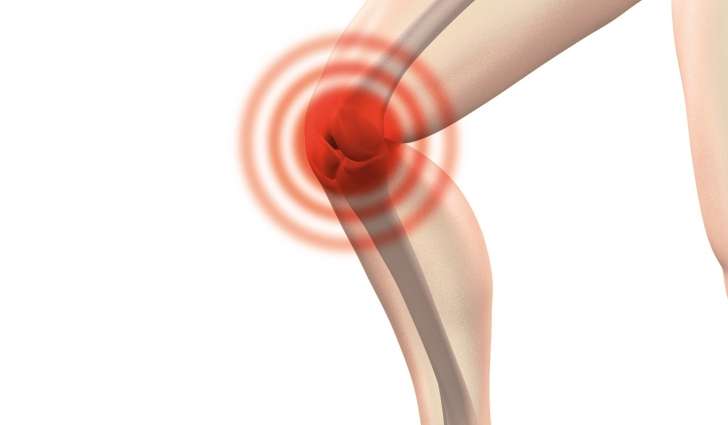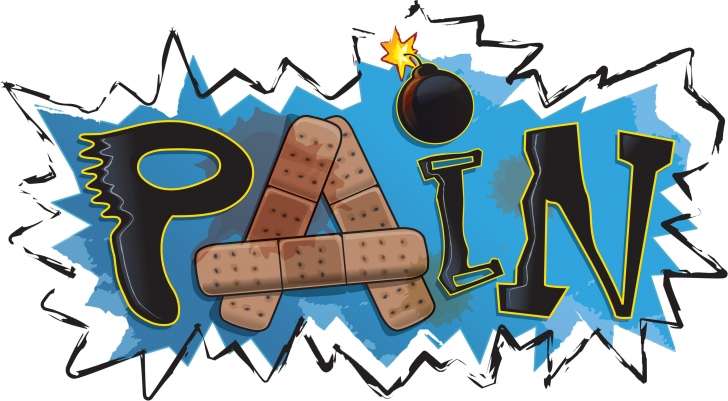The patellofemoral joint refers to the junction between the knee cap (patella) and the thigh bone (femur) and, unfortunately, pain in this region is a common problem seen by physiotherapists.
Read more

The patellofemoral joint refers to the junction between the knee cap (patella) and the thigh bone (femur) and, unfortunately, pain in this region is a common problem seen by physiotherapists.
Read more
You have just rolled your ankle, you heard a ‘crack’, now your ankle is starting to swell and go red, and the pain is building up. Maybe you first noticed your pain after a hard gym session, or a day in the garden. Or maybe you don’t know how your pain started, it just did. All you know is that you feel pain and want it to go away. But what is pain? Why does it start? And what can we do to fix it?

Physiotherapy is a healthcare profession that is aimed at helping people feel better, move better and stay pain-free by means of assessment, diagnosis and treatment of simple, and/or complex conditions. Read more

Are you climbing your number of years in age faster than you can climb the stairs?
Do you feel that your body is not what it used to be?
Have you had any recent falls or perhaps a near miss?
Do you feel that your physical capacity and ability is hindering other important aspects of your life?
As we grow older, our bodies grow older. This is not something that you should be ashamed, nor deterred by. There are known physiological changes that occur in our body as a result of the ageing process.

If you overstretch, overstress, strain, sprain, tear or rupture an anatomical structure in your body, the rehabilitation process can sometimes seem painful, overwhelming and daunting. Factors such as time off work for both rest and appointments and time away from competitive sport or training can feed into the negative conundrum of injuring oneself. Sometimes, it is challenging to know how to self manage your injury, leading to questions such as; do I use ice or heat?, do I rest it or move it?, should I go and get a scan?, should I use a brace? Rest assured, you are not on your own and this article chooses to answer one of those questions in particular; should I use a brace or not?

Patients commonly ask our physiotherapists about Platelet Rich Plasma (PRP) injections, which have come to prominence recently as a strategy for improve healing for certain conditions.
So, what are PRP Injections? Are they safe? What populations are they used on? What are they used for? What does the current research indicate for dosages, applications, and prognosis?

So you’ve had a sprain, strain, tear, or tweak? No matter what the cause of a soft tissue injury, your healing is certain to follow a specific series of events in order to heal. The timeframe for each of these events will vary a bit depending on factors including your age, genetics, and current health, as well as the tissue or area injured. It will also be very dependent on treatment and management. However, in general you can expect the healing process to occur as follows: